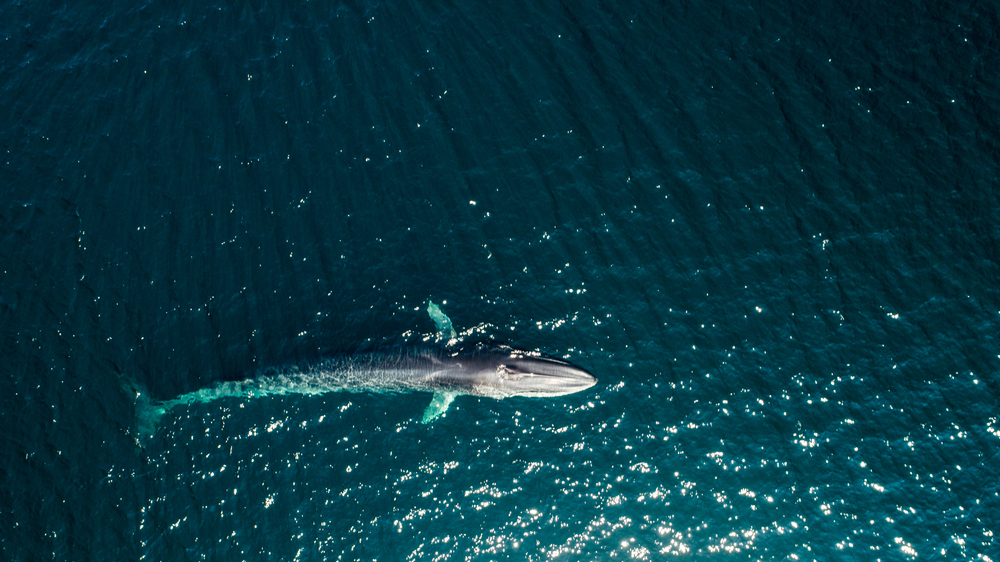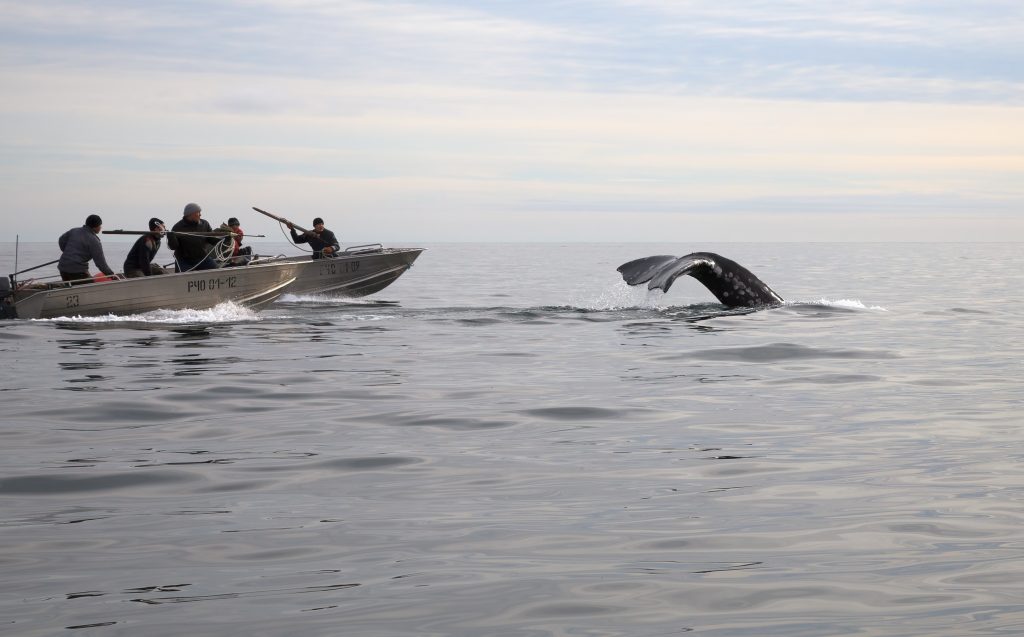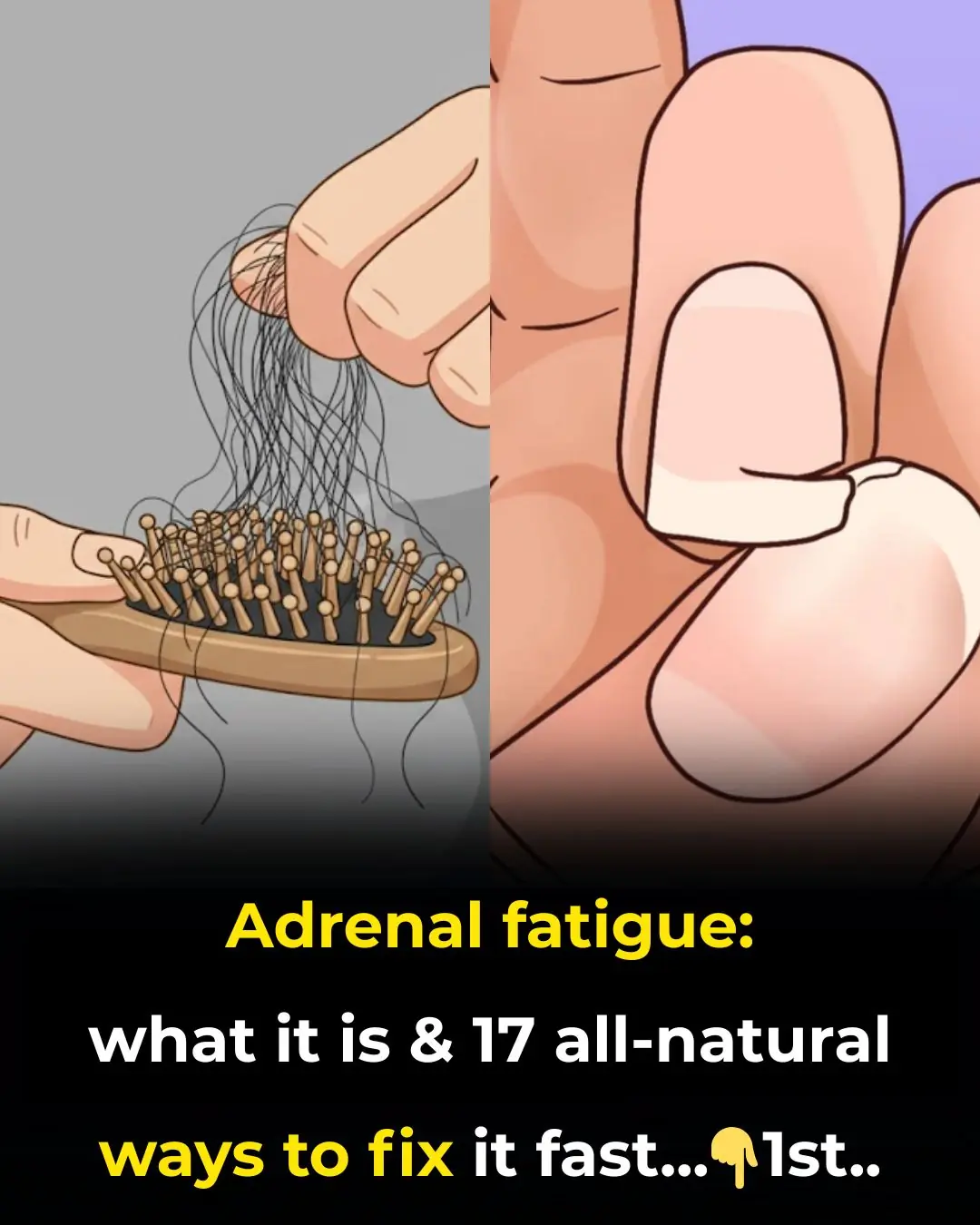
The Whale That Carried History In Its Neck For Over 100 Years

A Harpoon Through Time: The Whale That Carried a Century-Old Wound
Sometimes nature hides stories that span centuries—tales not preserved in archives or etched on monuments, but written in flesh, bone, and endurance. One of the most haunting examples surfaced when researchers discovered a harpoon lodged deep inside a whale’s body, a weapon that had remained there for more than a hundred years. The finding is both chilling and awe-inspiring—a living testament to the resilience of wildlife, the scars of human ambition, and the quiet persistence of life in the face of violence.
In 2007, scientists studying a bowhead whale off the Alaskan coast stumbled upon a relic from another age. Embedded in the whale’s thick neck tissue was the metallic tip of an explosive harpoon—a weapon once used in the height of industrial whaling. Further analysis revealed that it dated back to the late 1800s, an era when thousands of whales were slaughtered for oil, baleen, and meat. Against all odds, this bowhead survived the attack, living through revolutions, wars, and the entire modern transformation of human society, carrying within it a literal fragment of history.
The survival of this whale is more than a biological curiosity—it’s a story of defiance against extinction. Bowhead whales, known to live up to 200 years, endure Arctic ice, shifting seas, and now the warming pressures of climate change. That one could live for a century with an embedded weapon is almost unfathomable, underscoring the endurance of life even when scarred by human cruelty.
The Giants of the Arctic
Bowhead whales are true titans of the north. Growing up to 60 feet long and weighing as much as 100 tons, they are uniquely adapted to thrive in some of Earth’s harshest environments. Their blubber, up to 20 inches thick, provides insulation against freezing temperatures and energy reserves for their long migrations beneath the ice. Unlike many whale species that roam vast oceanic routes, bowheads remain faithful to the Arctic, moving with the shifting sea ice across the Bering, Beaufort, and Chukchi Seas, as well as the waters off Greenland and northern Canada.
These whales are capable of breaking through ice more than 18 inches thick with their massive skulls—an astonishing display of strength that has earned them the nickname “icebreakers of the north.” They are also celebrated for their haunting songs—long, melodic sequences that carry across miles of frozen water. Scientists believe these songs serve multiple purposes: communication, navigation beneath ice, and possibly courtship. Each song, like a fingerprint, is unique to the individual, creating an acoustic tapestry that fills the silent Arctic with life.
This deep connection to their environment makes bowheads essential to Arctic ecosystems and to Indigenous cultures that have coexisted with them for millennia. To many Inuit communities, the bowhead is more than a food source—it is a spiritual being, a teacher of patience, endurance, and respect for balance.
The Harpoon That Told a Century’s Story
The whale that carried the embedded weapon gave scientists a rare window into the intersection of history, technology, and biology. The harpoon was identified as a “bomb lance,” a brutal invention from the 1880s designed to explode inside a whale’s body. Its survival was, therefore, almost miraculous.
Through metallurgical testing and comparisons with 19th-century patents, researchers determined that the harpoon tip was more than a century old. The whale itself was estimated to be at least 120 years old—and possibly closer to 150. That means it may have been alive during the era of the first electric lights, long before modern conservation laws existed.
Indigenous knowledge added further validation. Hunters in northern Alaska and Canada have long reported whales bearing scars or embedded metal fragments from earlier hunts—an oral record that science later confirmed. Together, Western research and traditional wisdom painted a unified picture: this whale had endured the full span of industrial exploitation, survived it, and continued to roam the Arctic seas as living memory.
The Science of Longevity
Bowhead whales are not only survivors—they are biological marvels. They hold the record for the longest-lived mammals on Earth, with confirmed lifespans surpassing two centuries. Some whales alive today were born before the invention of the telephone, silently connecting the modern world with an age of sailing ships and oil lamps.
Genetic studies have revealed extraordinary adaptations within their DNA. Bowheads show enhanced mechanisms for DNA repair and resistance to cancer—biological defenses that may one day help humans understand how to slow aging or prevent age-related diseases. Their tissues repair themselves with astonishing efficiency, possibly explaining how this particular whale healed around an explosive harpoon fragment and survived for decades.
For Indigenous peoples, this longevity is old knowledge. Elders tell stories of whales known across generations—creatures carrying scars from their ancestors’ time. Today, science echoes what those communities have always known: bowheads embody continuity, patience, and deep time.
Echoes of the Past, Lessons for the Future
The story of the harpooned whale is more than a tale of endurance—it’s a mirror held up to humanity’s past. During the peak of commercial whaling in the 19th and 20th centuries, more than 20,000 bowhead whales were slaughtered, driving populations to the brink of extinction. It took international bans, Indigenous advocacy, and decades of recovery efforts for numbers to slowly rise again.
The whale’s survival offers a message of hope and responsibility. Even after carrying a century-old scar, it thrived—swimming through frozen seas, feeding, and perhaps nurturing calves of its own. It is a reminder that life, when given a chance, can heal. Ecosystems can recover if humans choose restraint and respect.
For conservationists, this whale symbolizes both warning and renewal. It shows that our actions, whether cruel or compassionate, echo across centuries. For Indigenous communities, it affirms the truth of ancestral teachings—that the strength of nature lies in endurance and balance. And for the world at large, it stands as living proof that survival and coexistence are not opposites—they are intertwined.
A Story That Still Lives
The whale with the century-old harpoon is not just an artifact of violence—it is a living bridge between eras. The men who launched that weapon are long gone, their ships rusted or forgotten. Yet the whale outlived them all, carrying their legacy as both wound and witness.
Its story continues to resonate far beyond the Arctic. It reminds us that the choices we make today—whether in how we harvest, build, or consume—will ripple through time, shaping the lives of beings yet unborn. Like the harpoon lodged in that whale’s flesh, our actions can leave deep marks. But as long as life endures, there remains the possibility of healing.
If we allow the oceans to recover, protect the Arctic, and honor the wisdom of those who have lived in harmony with it, perhaps the bowhead’s ancient songs will continue to echo—not as elegies for a lost world, but as hymns of endurance, survival, and reconciliation between humankind and the wild.
News in the same category


If you rub these 2 points behind your knees, this is the effect on your body

Its true meaning you probably don't know

Steps to Take When Your Adult Children No Longer Show Respect

Never Throw Away These 4 Things at Their Funeral..

DC Woman Wins Landmark Case After Suing Neighbor Over Overpowering Weed Smell

Bill Gates–Backed Beyond Meat Faces Collapse After Massive Stock Drop

According To This Psychologist, A Dirty Car Can Reveal A Lot About Your Personality

Most drivers don't know the purpose of the car door hook

Most people don't know the meaning of wearing an ankle bracelet

What Clutter and Neglect Might Be Saying

Why the “Good Side” of Your Fence Should Face Your Neighbor

If a Man Doesn’t Appreciate You, Here’s What You Should Do

Baba Vanga’s List Of Predictions For The Next 75 Years Revealed And They’re Seriously Terrifying

LEGO Builds Confidence in Young Patients Facing MRI Scans

Sweden Becomes the First Nation to Turn Travel Into Medicine — Doctors Can Now ‘Prescribe’ a Trip for Wellness

What Does It Mean When the Departed Visit Our Dreams?

Why We Feel That Little Electric Sh0ck When We Touch Another Person—Science Explains

If a Man Doesn’t Appreciate You, Here’s What You Should Do
News Post

20-Year-Old Man Suffers Acute Kidney Failure After Eating 30 Grilled Oysters — Doctors Reveal the Shocking Cause

Fig Leaves: Surprising Benefits and Uses

How to Clean Moldy Refrigerator Gaskets — Sparkling Clean in Just 5 Minutes

Denver Bans the Sale of Dogs, Cats, and Rabbits, Paving the Way for More Shelter Adoptions

Medicinal Health Benefits of Turmeric, Curcumin and Turmeric Tea Based on Science

The Best Foods to Cleanse and Prevent Clogged Arteries

Capsaicin Stops Heart Attacks And Destroys Cancer Cells

17 Signs Your Body Is Too Acidic And 9 Ways To Quickly Alkalize It

Adrenal fatigue: what it is and 17 all-natural ways to fix it fast

Colon Cleansing With Kefir and Flaxseed Meal

If you rub these 2 points behind your knees, this is the effect on your body

Apple extract kills colon cancer cells better than chemotherapy drug

12 surprising foods that help dissolve blood clots naturally

Elon Musk's ex Grimes reveals controversial face tattoo she spent 10 years 'emotionally' working up to

Justin Bieber announces 'wild' tech career move that could earn him millions

My Sister Stole My $85,000 Inheritance to Fund Her Lavish Wedding – I Waited Until Her Big Day to Deliver My Revenge

My Husband Died Right After We Got Married, but When I Stepped Into a Taxi, He Turned Around and Looked Straight at Me.

My Husband Left My Birthday Party for “Work” — But What I Found When I Followed Him Broke Me
